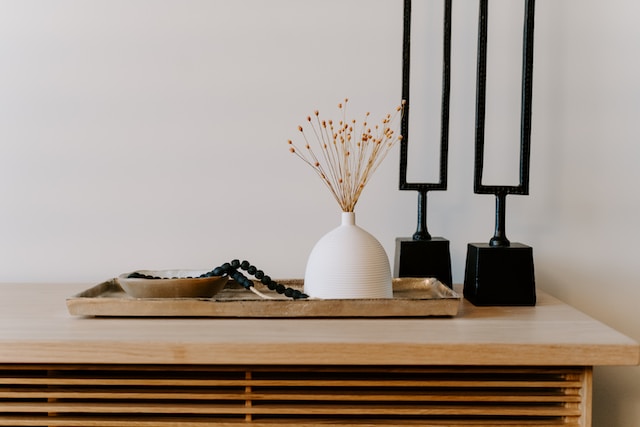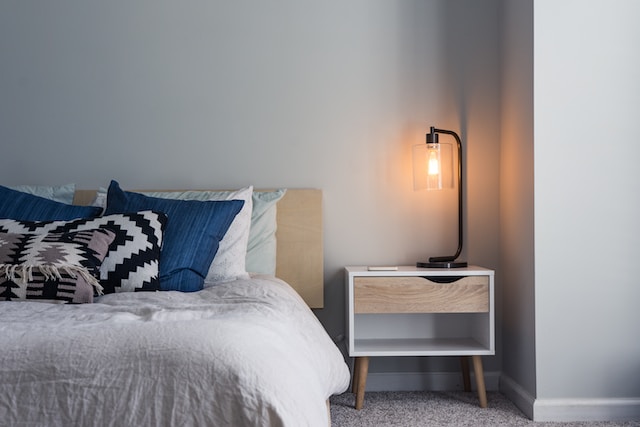In a world increasingly conscious of its environmental impact, sustainable and eco-friendly homeware is more than just a trend—it’s a responsible choice that benefits both you and the planet. In this guide, we’ll explore the exciting realm of eco-conscious decor, helping you transform your living space into a green oasis. From renewable materials to energy-efficient designs, discover how to make eco-friendly choices without sacrificing style.
The Rise of Sustainable Materials
Eco-friendly homeware begins with the materials used in manufacturing. Bamboo, reclaimed wood, cork, and recycled metal are just a few examples of sustainable materials that have gained popularity. These materials not only reduce the demand for virgin resources but also lend a unique, organic charm to your decor.

When choosing furniture and decor items, look for certifications such as FSC (Forest Stewardship Council) to ensure that the wood used is sustainably sourced. Additionally, seek out products made from recycled or upcycled materials, which divert waste from landfills.
Energy-Efficient Lighting
Energy-efficient lighting solutions are a key element of eco-friendly homeware. Swap out traditional incandescent bulbs for LED or CFL options. These bulbs consume significantly less energy, last longer, and reduce your electricity bills, making them both environmentally and economically sensible.
Consider installing smart lighting systems that allow you to control your lights remotely. With dimming capabilities and scheduling features, you can minimize unnecessary energy consumption and create the perfect ambiance for any occasion.
Water-Conserving Fixtures
Reducing water waste is another crucial aspect of eco-friendly living. Low-flow faucets and showerheads are designed to use less water without compromising on performance. By simply replacing your old fixtures, you can conserve water and reduce your utility bills.
Consider investing in a greywater recycling system if you’re particularly dedicated to water conservation. This technology filters and treats water from sinks, showers, and washing machines, allowing you to reuse it for purposes like irrigation.
Sustainable Textiles
From organic cotton sheets to recycled polyester cushions, sustainable textiles are a fantastic choice for eco-conscious decorating. Organic textiles are grown without harmful pesticides and chemicals, while recycled options reduce waste and energy consumption.

Look for the Global Organic Textile Standard (GOTS) certification when shopping for organic textiles. Additionally, support brands that use natural dyes and eco-friendly printing methods, as these further reduce the environmental impact of your decor choices.
Responsible Disposal and Recycling
Being eco-friendly doesn’t stop at the purchasing stage; it also extends to disposal. When replacing old furniture or decor, explore recycling or upcycling options to keep items out of landfills. Many communities offer recycling programs for furniture and electronics.
Consider donating gently used items to charities or thrift stores. Your old furniture or decor could find a new home and continue to bring joy to someone else while reducing the demand for new products.
Conclusion
Creating a sustainable and eco-friendly living space is not only responsible but also stylish and cost-effective. By choosing sustainable materials, energy-efficient lighting, water-conserving fixtures, eco-friendly textiles, and responsible disposal methods, you can make a positive impact on the environment while enjoying a beautiful and functional home.

